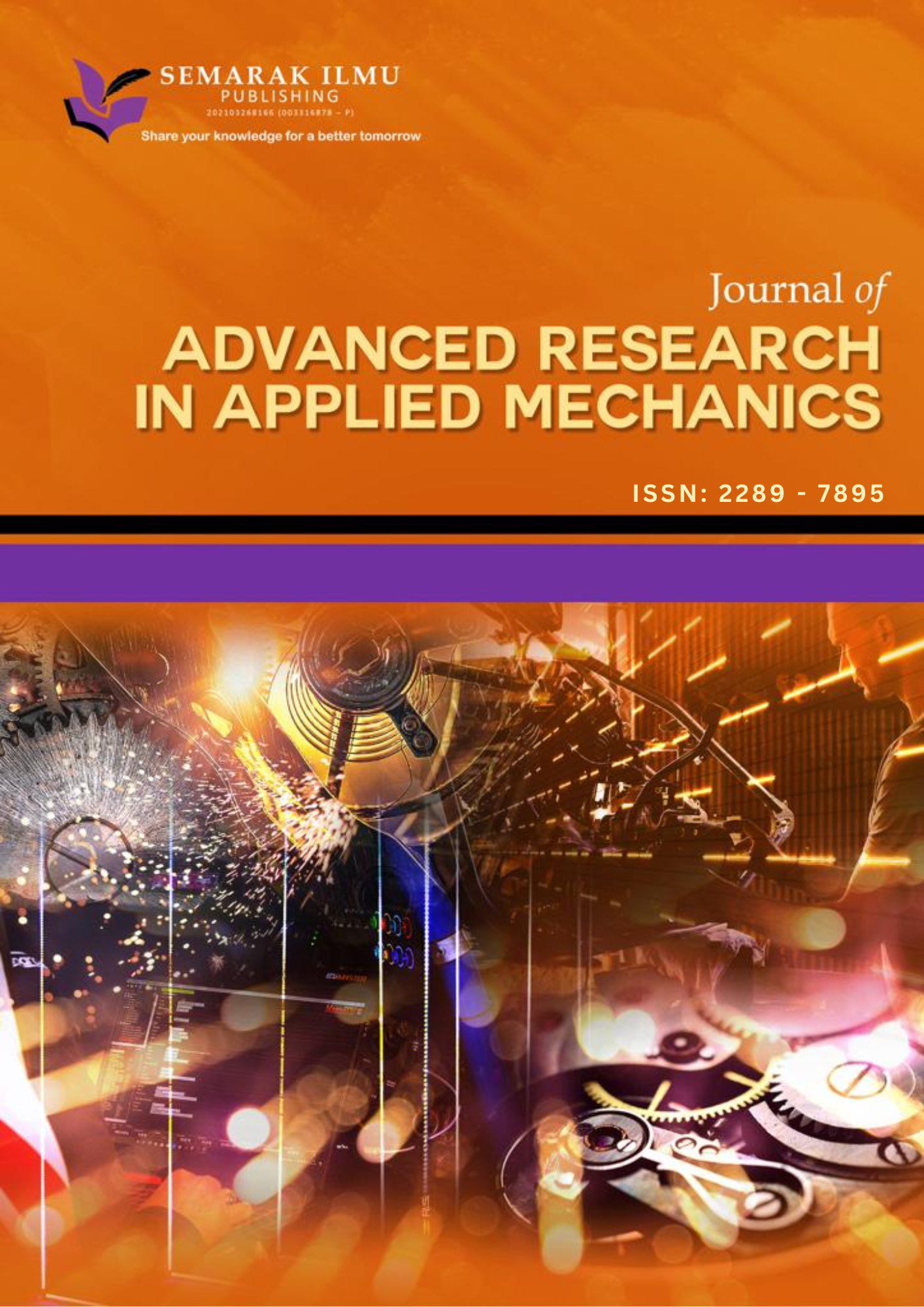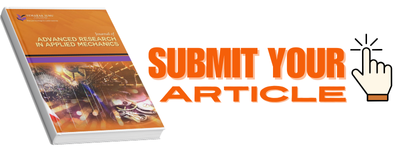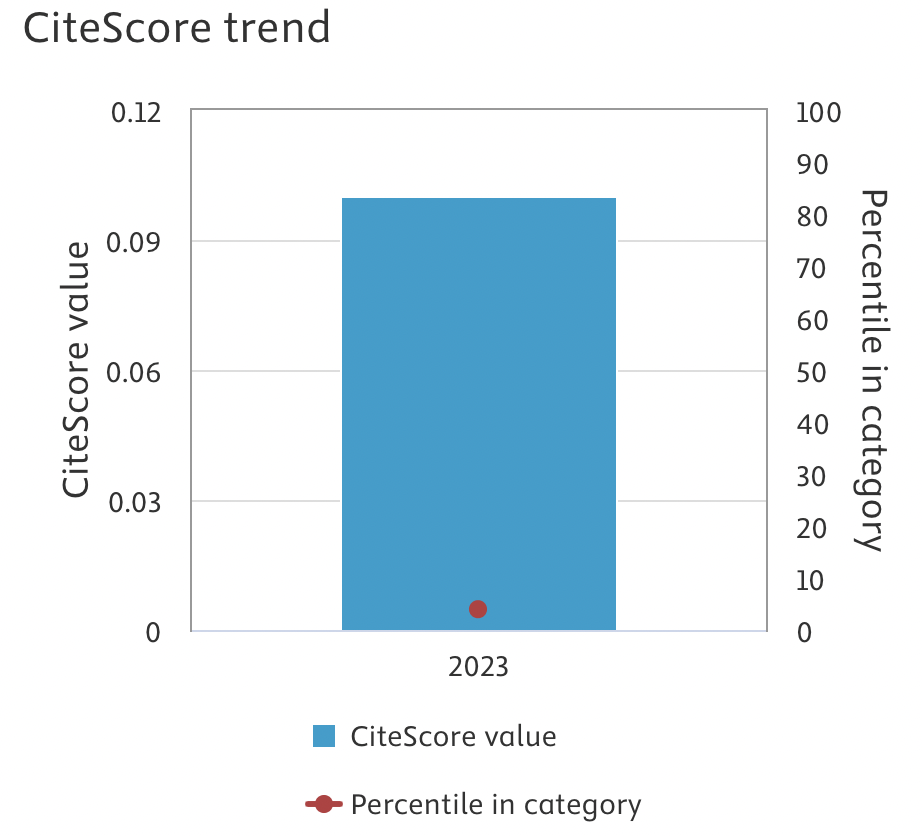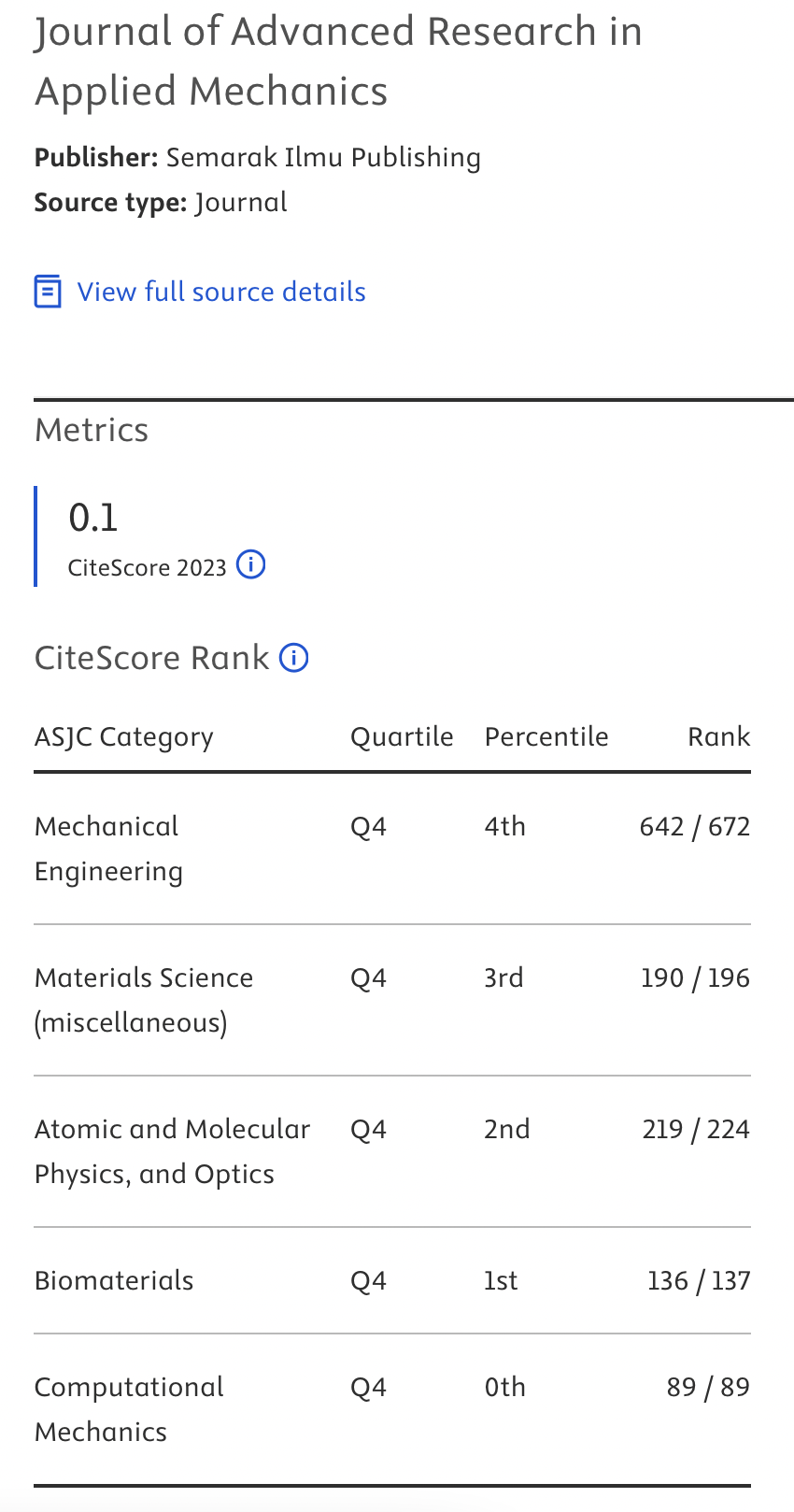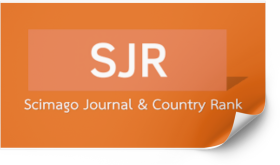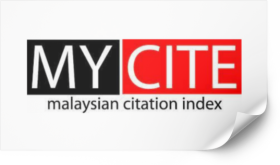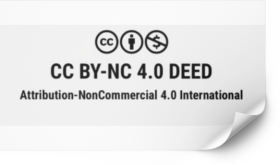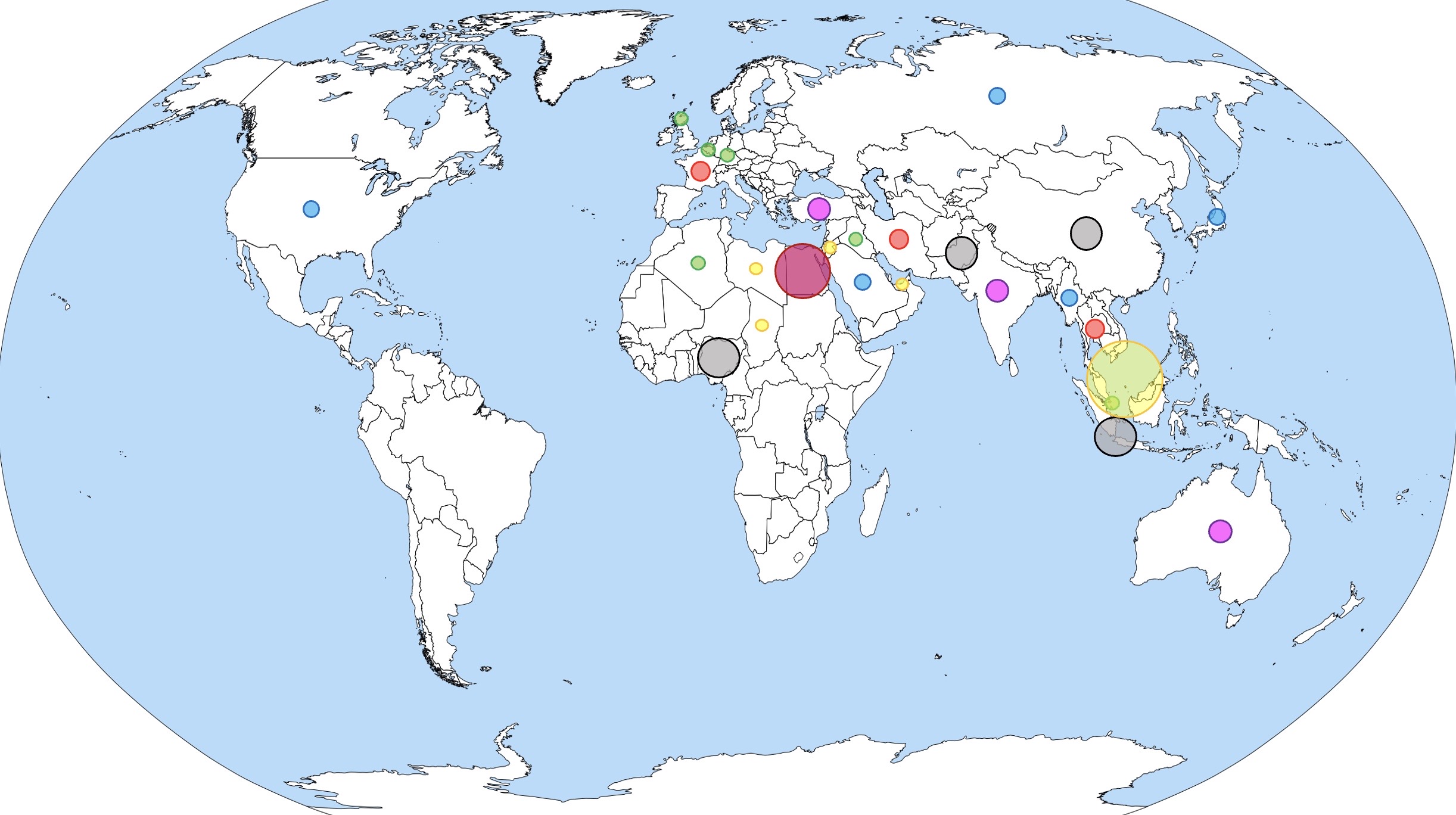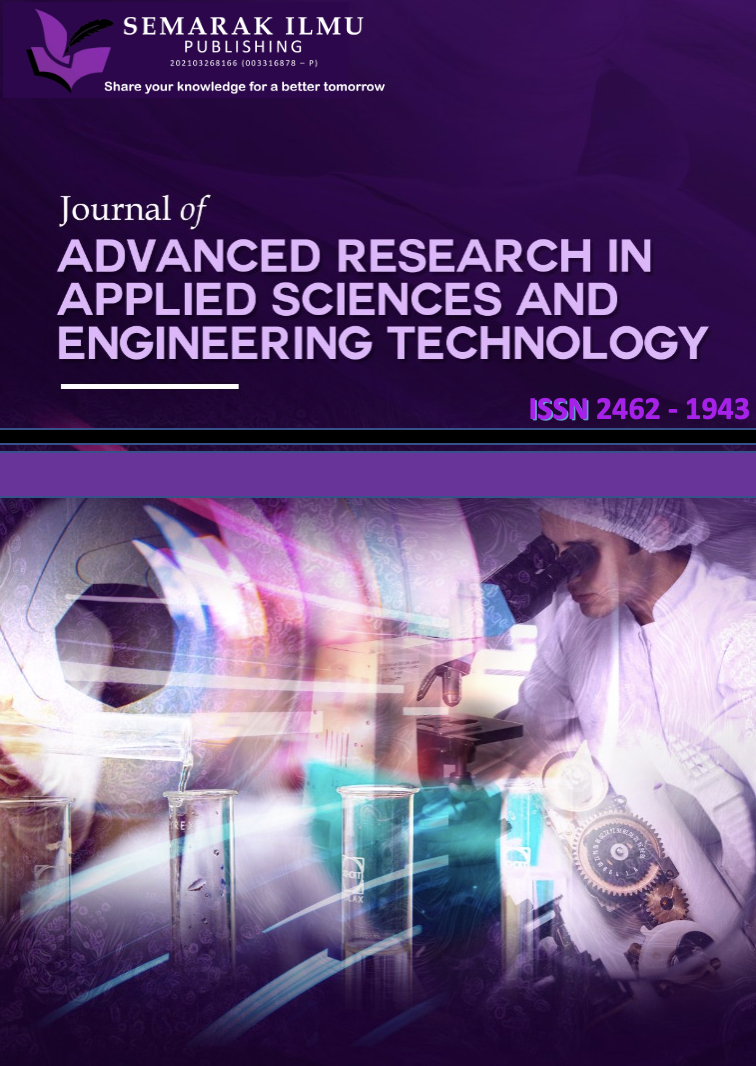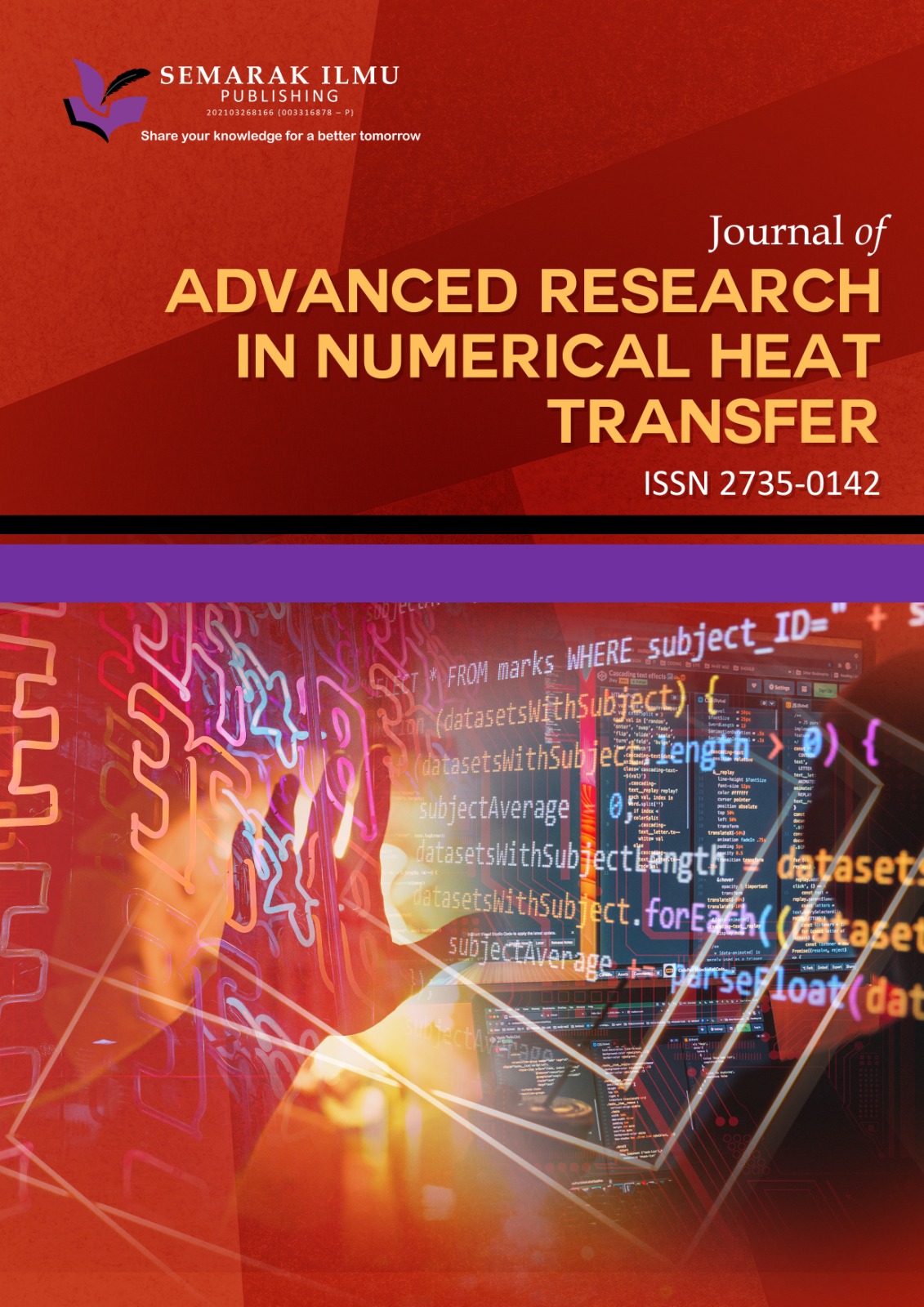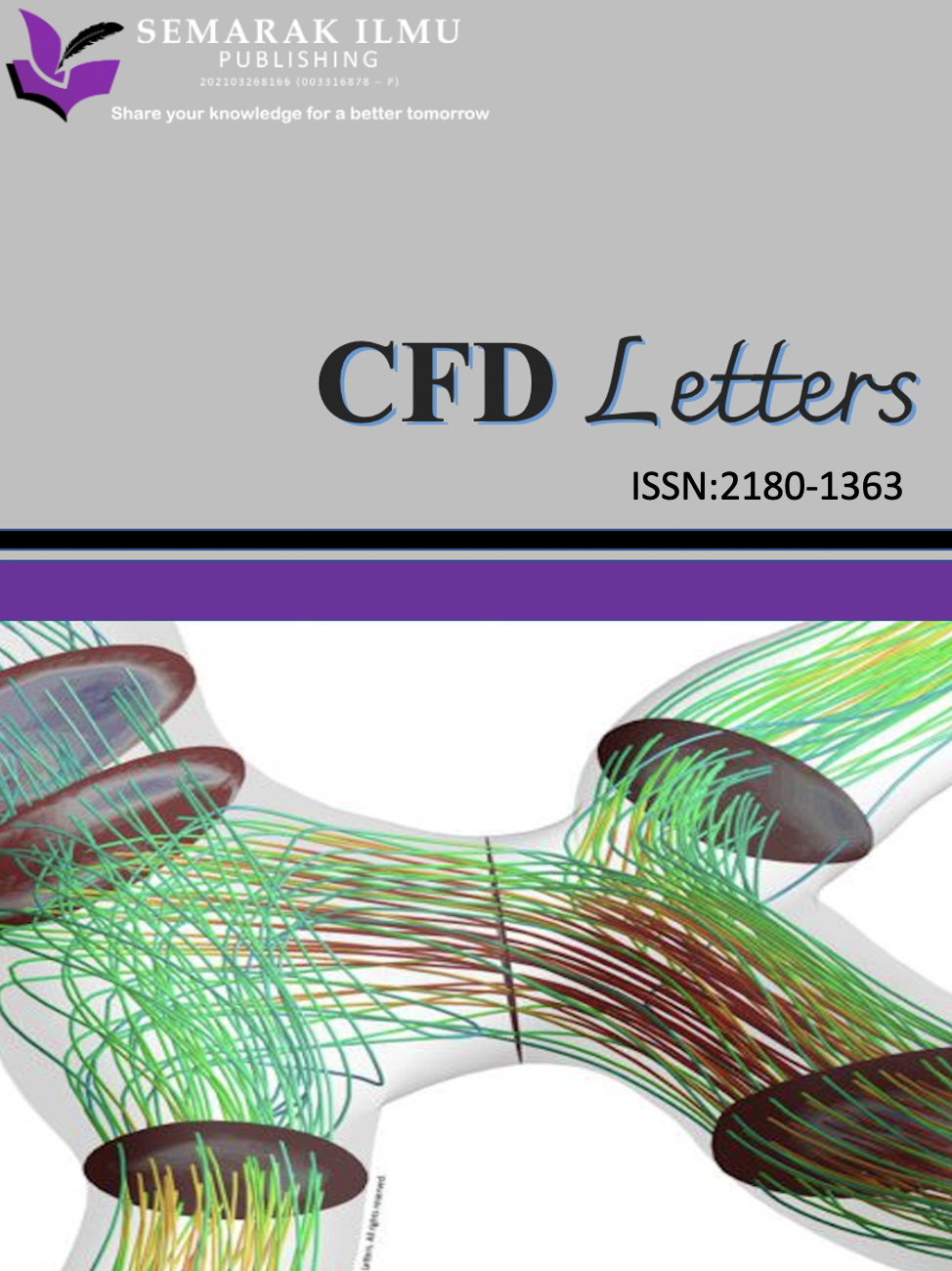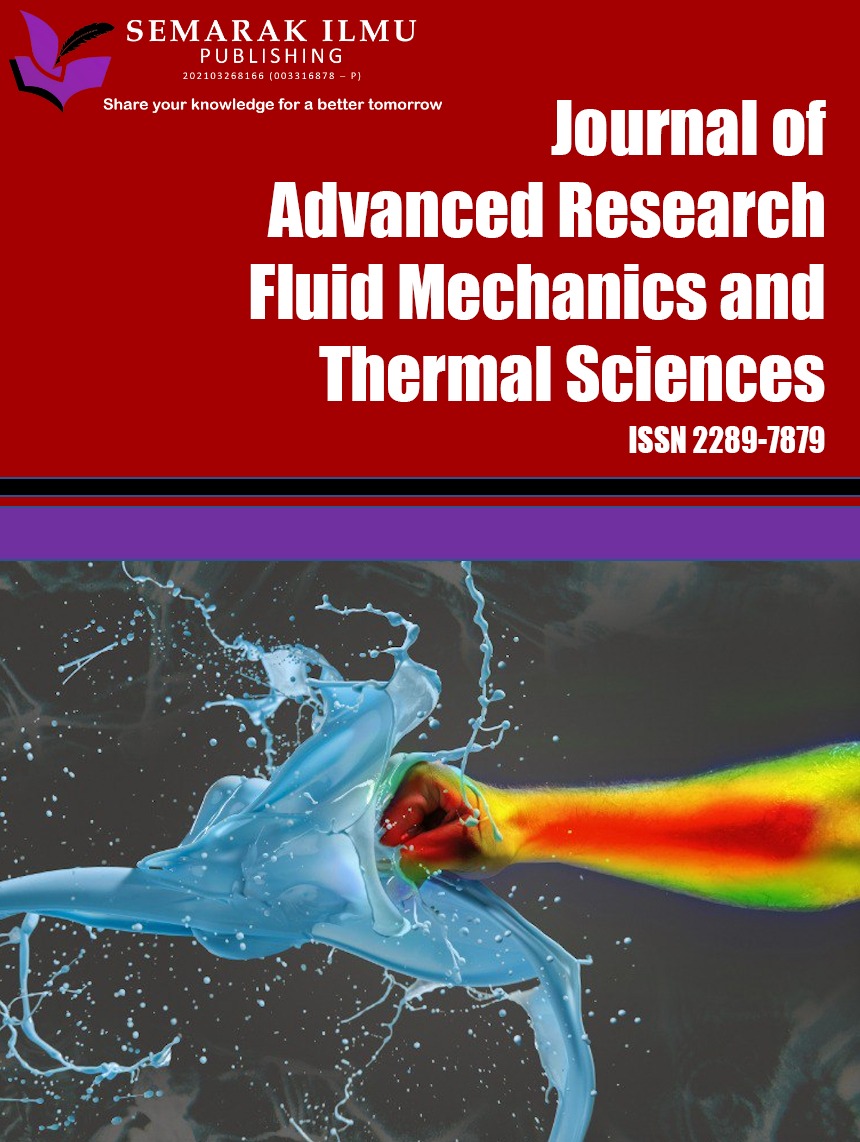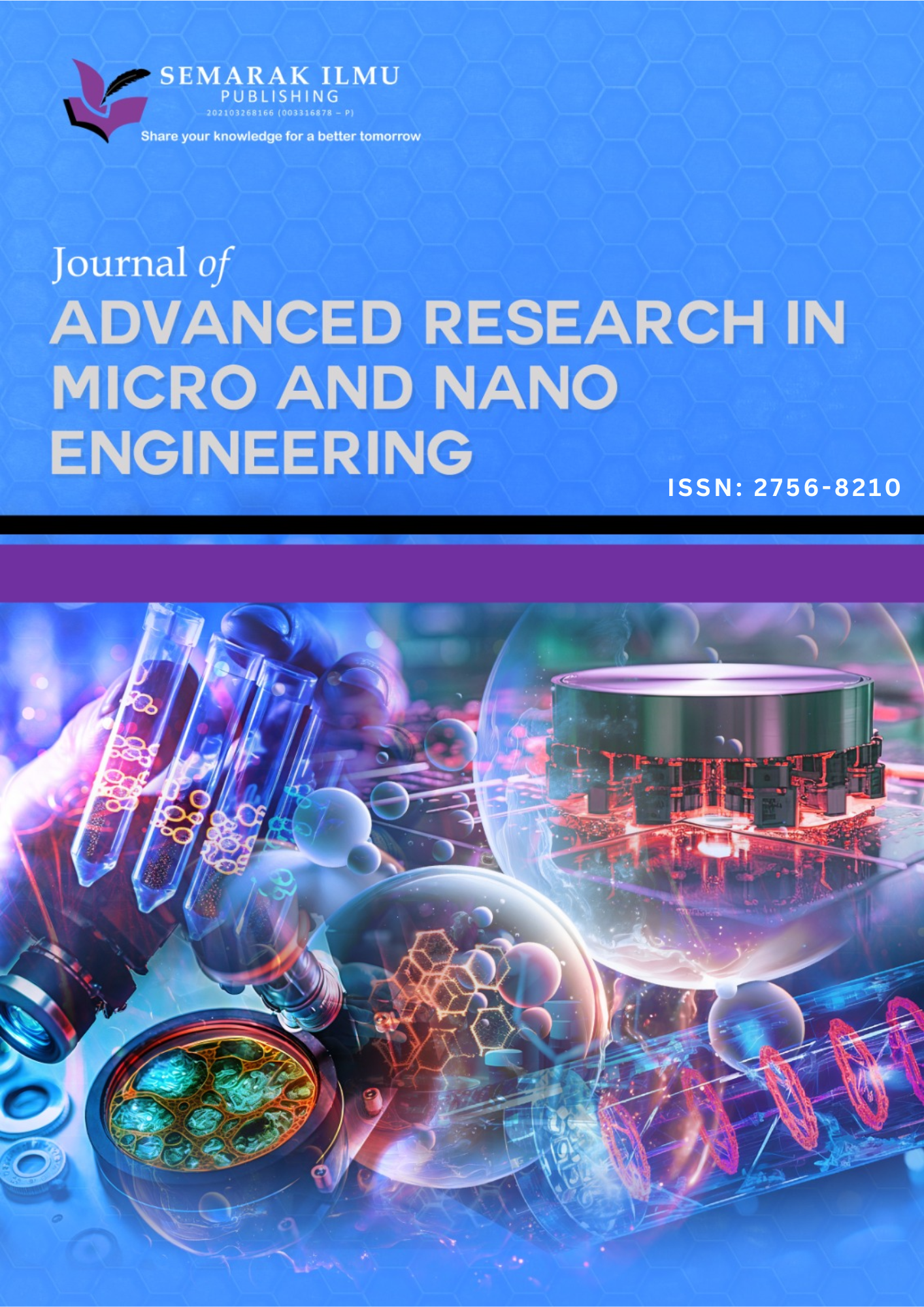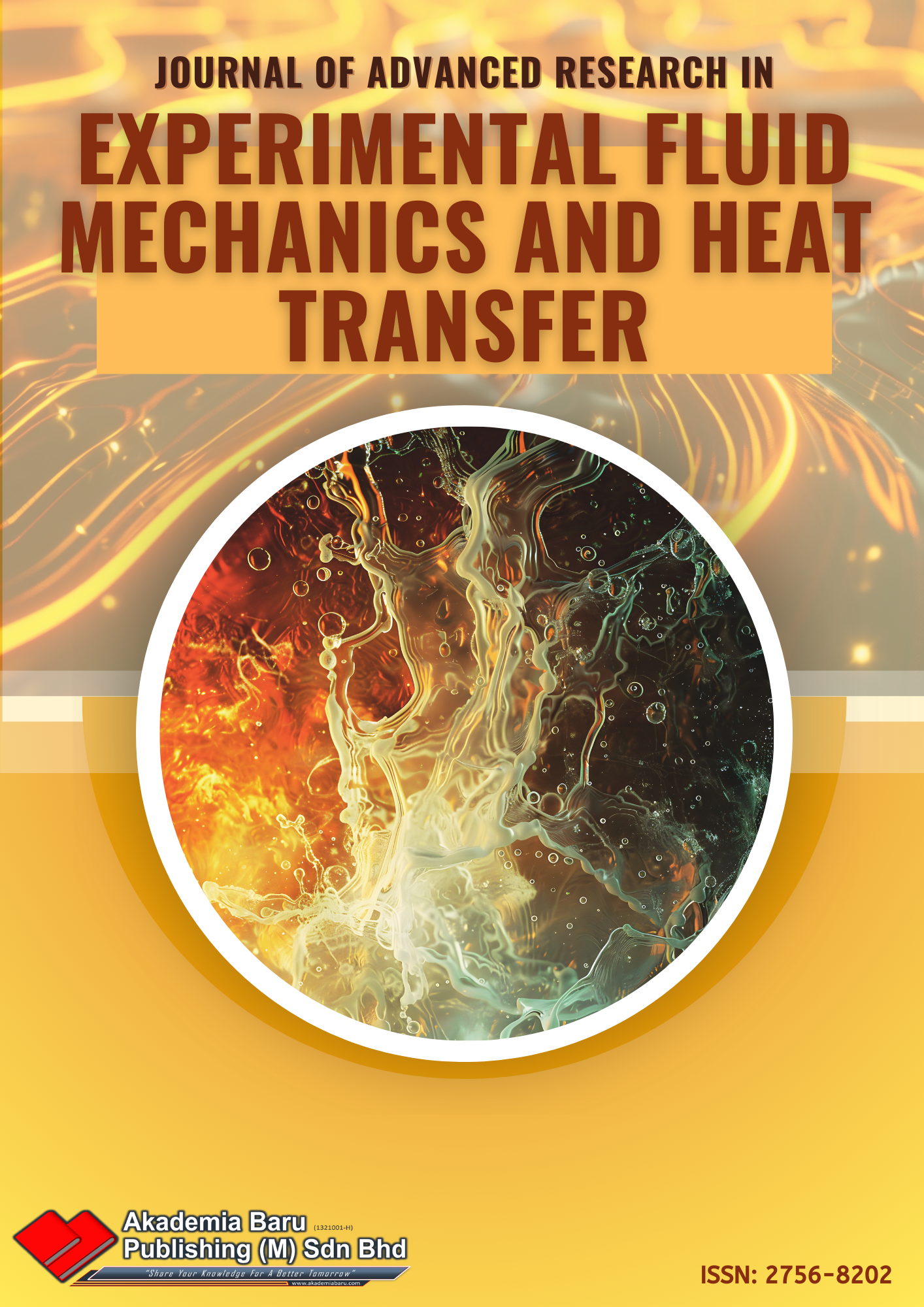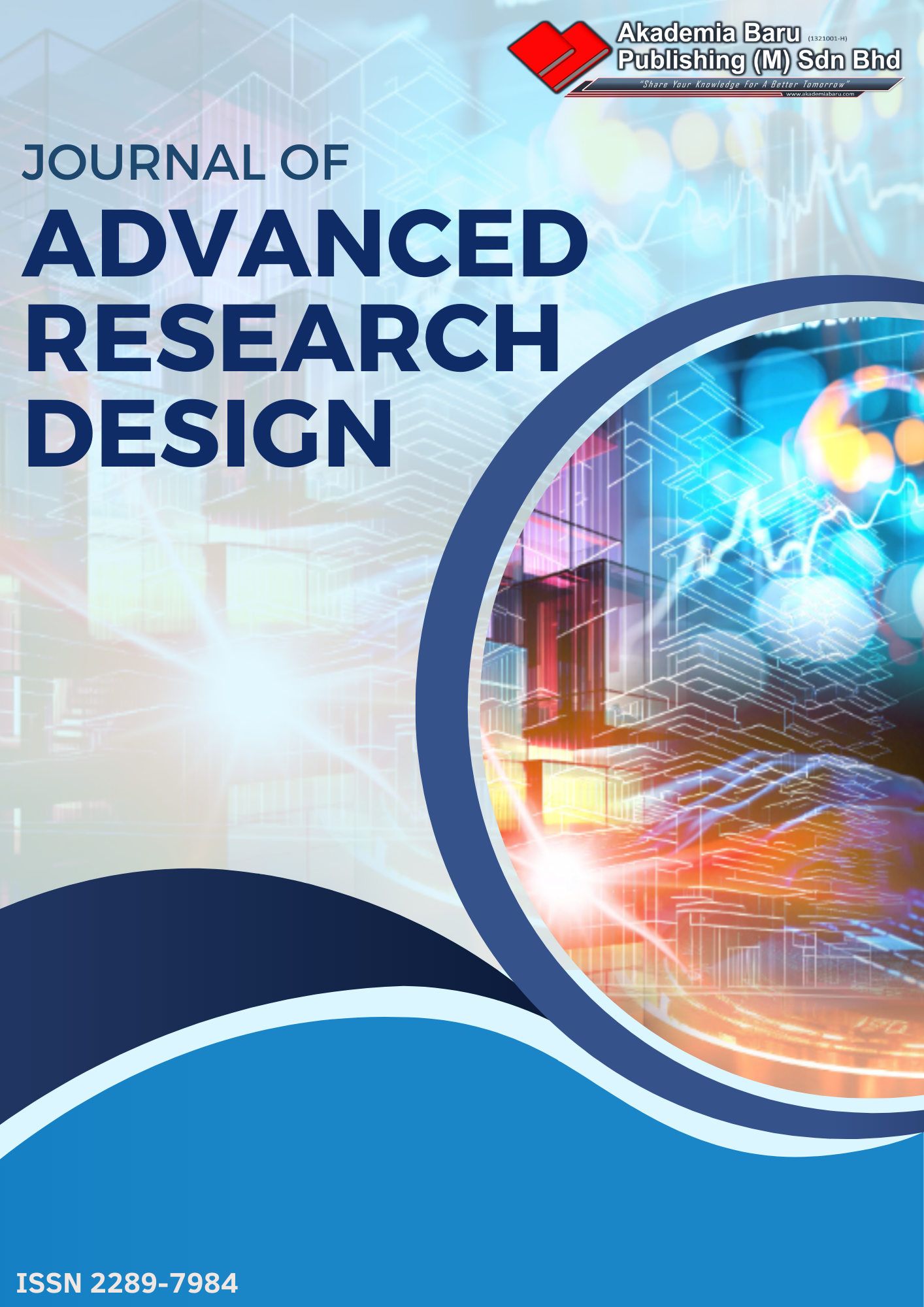Analysis of Repair and Self-Healing Concrete Corrosion using Resistivity Method
DOI:
https://doi.org/10.37934/aram.131.1.3856Keywords:
Reinforced concrete, Corrosion, Self-Healing, Repair, ResistivityAbstract
Under extreme environmental conditions, concrete is often damaged, ranging from cracking to destruction caused by corrosion of steel reinforcement. Damage caused by steel corrosion must be repaired immediately to prevent the wider spread of steel corrosion. This study carried out grouting, jacketing, and self-healing concrete repairs. Encapsulated Bacillus subtilis bacteria were used to make self-healing concrete. The specimen was a reinforced concrete (RC) beam measuring 62x15x15 cm damaged by steel corrosion. The reinforcement in the concrete was subjected to accelerated corrosion with mass loss (corrosion levels) of 20%, 25%, and 30%. The concrete beams were subjected to pre-cracked loading to produce cracks, which were then repaired. This study utilised resistivity, one of the NDT methods, as a parameter to measure the quality of reinforced concrete. Additionally, flexural strength was tested to evaluate the quality of the repair. The results indicated a decrease in resistivity and flexural strength as the corrosion level increased. Grouting and jacketing repairs showed a positive correlation between resistivity and flexural strength, whereas self-healing concrete exhibited a negative correlation. Resistivity testing on these repairs is limited, making this research crucial.
Downloads


